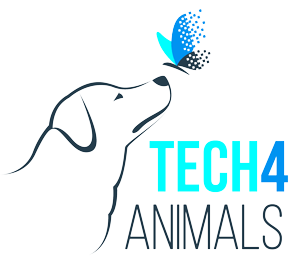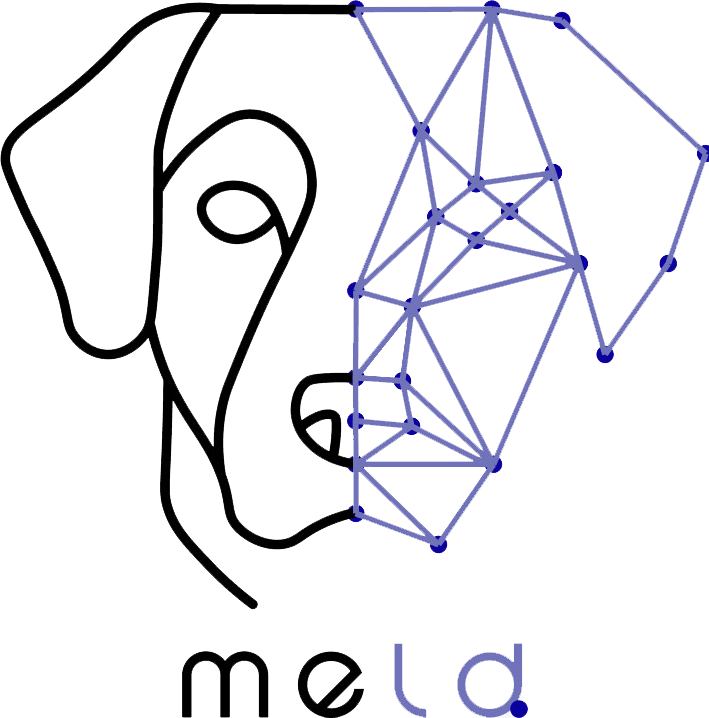This paper explores the potential of using mobile technology to enhance and support animal-assisted reading (AAR) activities for children. AAR, where children read aloud to trained therapy dogs, has shown benefits in literacy skills, reading motivation, and self-esteem. The authors investigate how replacing traditional books with digital ones can change AAR interactions, introduce new dimensions for children and dogs, and how digital content elements can improve the overall experience. They present preliminary results from their ongoing study, which involved designing and developing two mobile apps for AAR projects in Israel (Kelevavy) and Russia (KniGAV), incorporating facets of engagement from digital reading and Animal-Computer Interaction (ACI) research. Initial findings suggest that while direct dog interaction with technology (e.g., pushing buttons) can be challenging, leveraging different dog interaction styles, addressing reluctant readers’ needs with varied activities, and offering display customization are important considerations for digitally enhanced AAR.
Non-Invasive Computer Vision-Based Fruit Fly Larvae Differentiation: Ceratitis capitata and Bactrocera zonata
This paper proposes a novel, non-invasive method using computer vision

